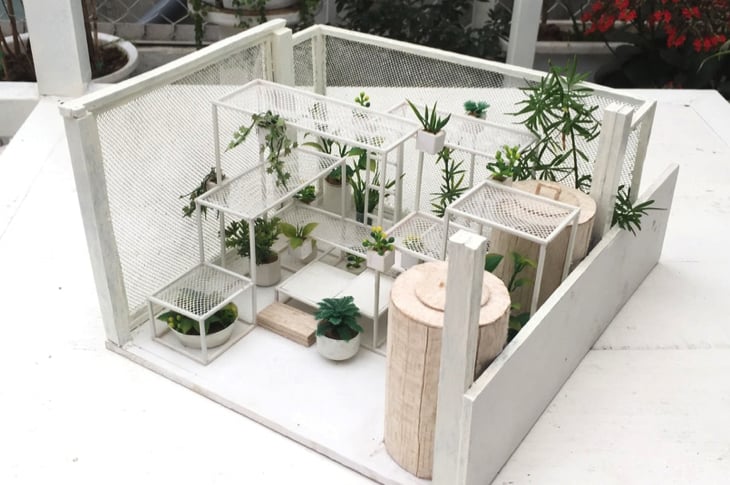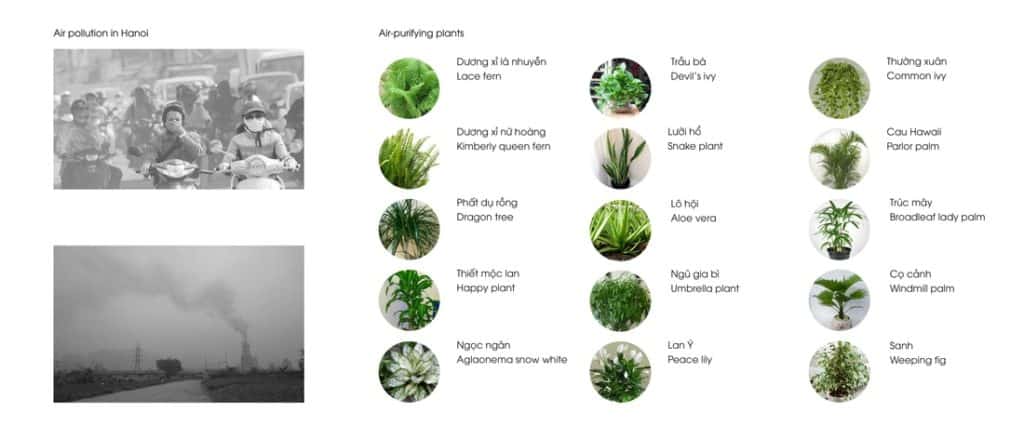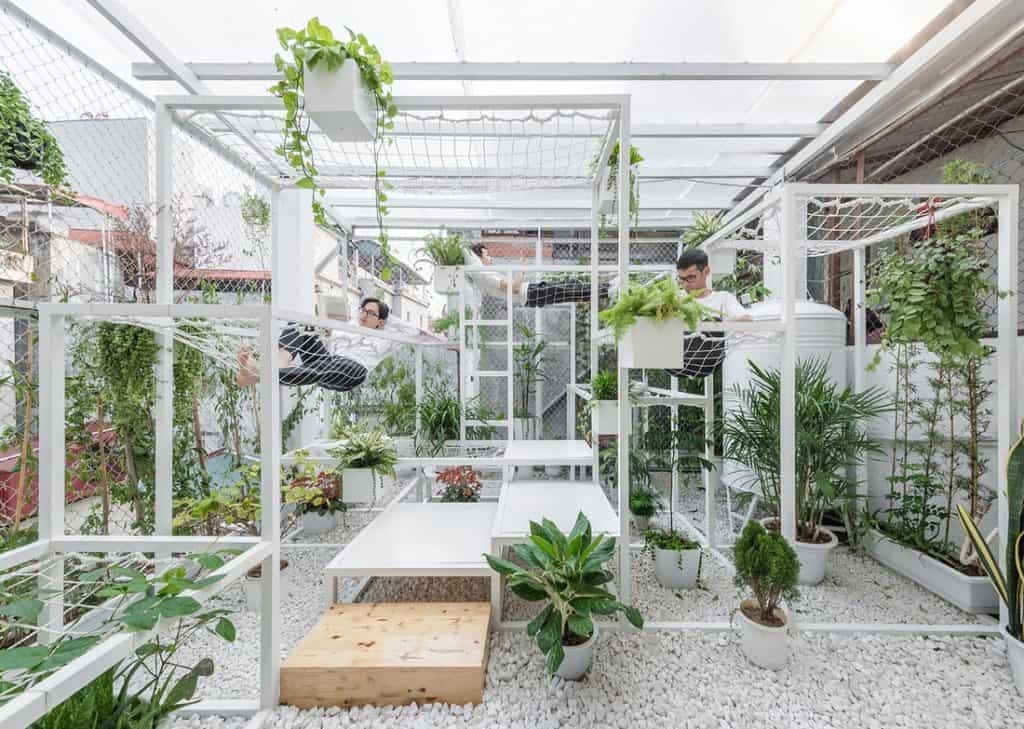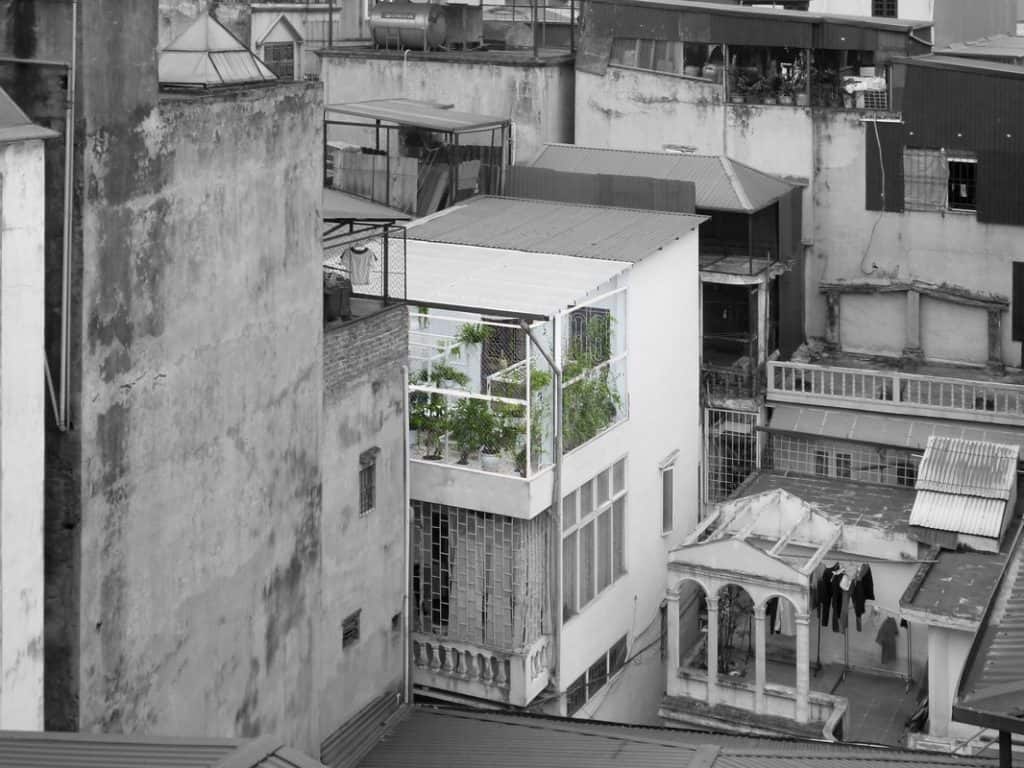
When it comes to air pollution, Vietnam ranks among the worst in the entire world, often making its way onto the list of the 10 nations with the worst air. Like most countries, Vietnam’s countryside has cleaner air but it’s the cities that really plague the nation and are leading to health problems for city dwellers.
One of these cities in Hanoi, the capital of Vietnam, which, not surprisingly, is one of the cities with the worst air pollution in the world. In 2016, the PM2.5 particulate level recorded in Hanoi was seven times higher than the permissible level set by the World Health Organization.

To help combat this as much as possible, architect Hung Nguyen designed and built a pavilion that’s filled with the most natural air-purifying beings on the planet: plants.
“Pavilion of the Origins is an attempt to bring the clean air back by setting a place for living plants which can help detoxify the air…. they are air-purifying plants that can absorb harmful toxins from the air,” the website reads.
In addition to being a purified space with greenery, the pavilion also serves as a tranquil spot to hangout and relax. With hammocks and plenty of places to sit, the structure can easily be used for a place to relax.

The pavilion sits on the terrace on the third level of a house and was inspired by the architect’s desire to return nature to humans living in a city surrounded by machines and pollution. The pavilion is designed with the sun in mind as well, with white upcycled steel beams and white rocks to reflect light and make the area appear brighter. Since the pavilion sits on the terrace, it’s perfect for those that own the home because they can enjoy cleaner air as the plants absorb the harmful toxins and output oxygen into the home.

Air pollution is primarily caused in cities by industrial activities, such as the production of plastic, and traffic pollution. With such a dense population, a need to commute, and fewer environmental regulations for vehicles and factories, it’s no wonder the pollution in Hanoi is so poor.
“This slender structure is just a minimal intervention of human to nature. Architecture, in this sense, acts as a rope to tighten up the interaction and connection between humans and nature,” the website reads.
This isn’t the first structure to meld humans, nature, and city life together, as some architects have built apartment complexes, offices, homes, and more with the great outdoors in mind. The hope with structures like these is that it will encourage other architects and innovators to go forward with similar ideas to create a greener world.


